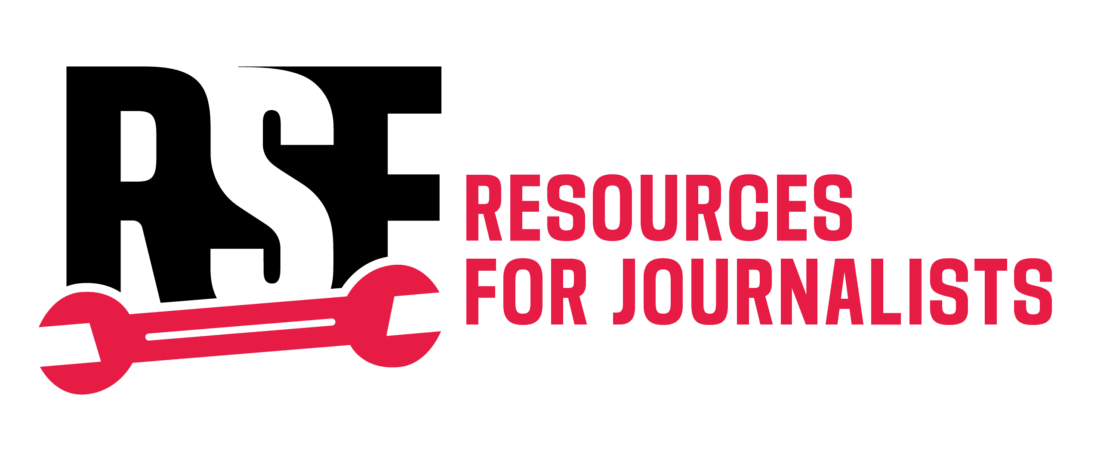As part of their daily work, journalists frequently have to open attachments and download electronic documents from unknown or untrustworthy sources, which poses a significant digital security risk. In this article, Reporters Without Borders (RSF) introduces Dangerzone, a free and open-source tool journalists can use to convert potentially dangerous documents into safe PDFs.
An up-to-date operating system and antivirus software protect against most digital threats, but certain malicious codes still manage to evade antivirus detection. For example, an attacker might compromise a journalist’s privacy by sending a PDF file that loads an image from a remote server, revealing the journalist’s real IP address and location.
Advising journalists not to open suspicious documents might seem a good security advice, but it is impractical as their daily work often requests to talk to strangers and open documents from unknown sources. Although Gmail and other popular email services provide basic protection against malicious attachments and phishing, journalists now receive all types of files through Signal, Telegram, WhatsApp and other messaging apps, which do not have the same protections.
How Dangerzone works
To open these documents securely, Dangerzone creates ephemeral virtual containers to convert the original file into an image, and then into a new PDF file. During this process, the programme generates a secure environment without internet connection so that even if a malicious code escapes from the virtual container, it would not have access to the journalist’s data. After the conversion, the containers are destroyed and a safe PDF file is created, which can be opened and shared without risks.
How to install and use Dangerzone
Dangerzone depends on Docker Desktop, an open-source programme that helps the creation of virtual containers. As journalists probably do not have Docker installed, Dangerzone will assist with the installation process. After the installation, the use of Dangerzone is quite easy: the journalist needs to select the documents and click to “convert.” A new PDF file will be created under the original name appended with -safe.pdf. There is no need for the journalist to interact directly with the virtual containers, which could be a complex system administration task.
Dangerzone is not an antivirus replacement
Differently from an antivirus, Dangerzone does not work by identifying and removing malicious code from a file; instead, it is like printing a document, scanning it, and then converting it back into a digital file. It is also important to highlight that Dangerzone is not developed or planned to replace any antivirus. Although it can sanitise some files, it cannot remove malicious code from other types such as audio, video and other files that a journalist downloads.
Dangerzone’s limitations
- Disk space: Dangerzone requires a significant amount of disk space – more than 10 gigabytes – as it downloads entire operating system images to create virtual machines.
- File type limitation: Dangerzone only supports file formats such as PDF, Microsoft Word (.docx, .doc), Microsoft Excel (.xlslx, .xls), ODF (.odt, .ods, .odp), or images (.jpg, .jpeg, .png). Dangerzone does not support compressed files such as “.zip” files.
- No metadata preservation: Dangerzone changes the file metadata and during the conversion, it can remove some original properties. For legal needs or further research, e.g. a digital forensics, journalists might need to preserve the original unsafe file.
- Platform limitation: Dangerzone is only available for macOS, Windows and Linux. It is not available for mobile.



